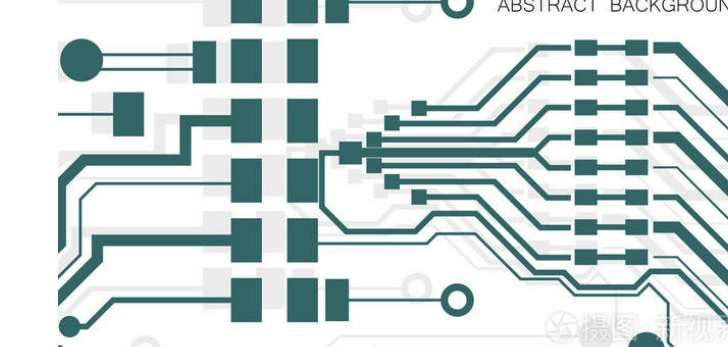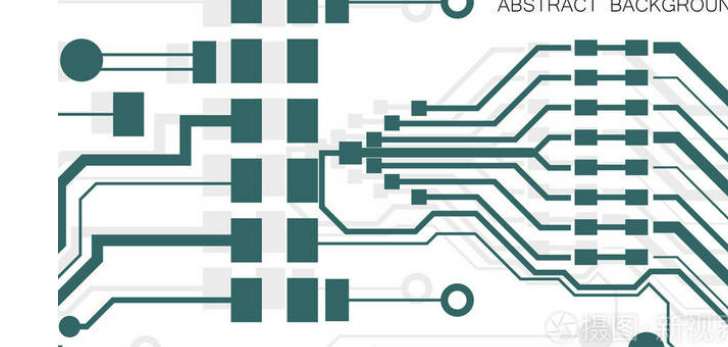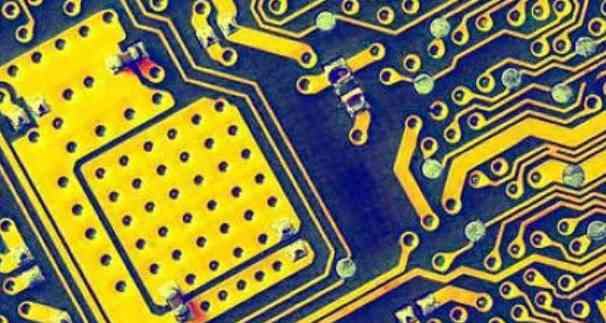
PCB flexible circuit board also has good heat dissipation and weldability and easy to assemble, low overall cost.
PCB flexible circuit boards are single - sided, double - sided and multi - layer. The main substrate used is polyimide copper clad plate. The material has high heat resistance, good dimensional stability, and the covering film with both mechanical protection and good electrical insulation properties is pressed into the final product. The surface and inner conductors of the double-sided, multilayer printed circuit board are metallized to realize the electrical connection of the inner and outer layers.
Advantages and disadvantages of PCB flexible circuit board:
1. Advantages:
(1) It can be freely bent, wound and folded. It can be arranged arbitrarily according to the spatial layout requirements, and can be moved and expanded arbitrarily in three-dimensional space, so as to achieve the integration of component assembly and wire connection;
(2) Using FPC can greatly reduce the volume and weight of electronic products;
(3) FPC also has the advantages of good heat dissipation and weldability, easy mounting and low comprehensive cost. The combination of soft and hard design also makes up for the slight deficiency of flexible substrate in component bearing capacity to some extent.
2. Disadvantages:
(1) High one-time initial cost
Since soft PCBS are designed and manufactured for special applications, the initial circuit design, wiring and photoplate costs are high. Unless there is a special need to apply soft PCB, usually a small amount of application, it is best not to use.
(2) It is difficult to change and repair soft PCB
Once the soft PCB is made, it must be changed from the base drawing or the preparation of light drawing program, so it is not easy to change. Its surface is covered with a protective film, which must be removed before repair and restored after repair, which is a relatively difficult job.
(3) Size limitation
Soft PCB is not popular, usually using batch process manufacturing, so limited by the size of production equipment, can not be made very long, very wide.
(4) improper operation is easy to damage
Improper operation of the installation personnel can easily cause damage to the soft circuit, which requires trained personnel to solder and rework.
PCB conversion unit of the circuit board
1 foot =12 inches
1inch=1000mil
1 mil = 25.4 um
1mil=1000uin mil is sometimes made into silk
1um=40uin (Some companies call microinches mai, but it's microinches)
1OZ= 28.35g/sq ft =35 microns
H=18 microns
T is equal to 12 microns
4mil/4mil=0.1mm/0.1mm line width/line distance
1ASD=1 amperes/square decimeter =10.76 amperes/square foot (ASF)
1AM=1 ampere-minute =60 coulombs mainly used in precious metal electroplating such as gold plating
1 square decimeter =10.76 square feet
1 ounce =28.35 grams, in British units
1 gallon (imperial)=4.5 liters
1 U.S. gallon =3.785 liters
1KHA=1000 ampere hours
1 ampere-hour =3600 coulombs
Specific gravity
Pomesei =145-145/ specific gravity SG.
SG. specific gravity (g/cc) =145/ (145- Pommel)

High frequency PCB design concept and design principle
PCB design principles involve many aspects, including the basic principles, anti-interference, electromagnetic compatibility, safety protection, and so on. For these aspects, especially in high frequency circuits, the lack of relevant ideas often leads to the failure of the entire research and development project. Many people still stay on the basis of "connecting electrical principles with conductors to play a predetermined role", and even think that "PCB design belongs to the scope of structural, technological and production efficiency considerations." Many professional RF engineers do not fully realize that this link should be the special focus of the whole design work in RF design, and mistakenly spend their energy on the selection of high-performance components, resulting in a large increase in cost, but little improvement in performance.
It is especially mentioned here that the digital circuit relies on its strong anti-interference, error detection and correction, and can be arbitrarily constructed various intelligent links to ensure the normal function of the circuit. A common digital application circuit with high add-on configuration of various "ensure normal" elements is clearly a product-free initiative. But often in the "not worth it" link, but lead to a series of product problems. The reason is that such functional links, which are not worth constructing reliability assurance from the perspective of product engineering, should be built on the working mechanism of digital circuit itself, but the wrong construction in circuit design (including PCB design) leads to an unstable state of the circuit. The cause of this unstable state belongs to the basic application of the same concept as the similar problem of high frequency circuits.
In digital circuits, there are three areas worth taking seriously:
(1) Digital signal itself belongs to broad spectrum signal. According to the Fourier function results, it contains very rich high frequency components, so the high frequency components of digital signals are fully considered in the design of digital IC. However, in addition to digital IC, the signal transition area within and between each functional link, if arbitrary, will lead to a series of problems. Especially in digital and analog and high - frequency circuit applications.
(2) All kinds of reliability design in digital circuit application is related to the reliability requirements of the circuit in practical application and product engineering requirements, so it is not possible to add various kinds of high-cost "guarantee" parts to the circuit that can fully meet the requirements by conventional design.
(3) The working speed of digital circuits is moving towards high frequency with unprecedented development (for example, the main frequency of the current CPU has reached more than 2GHz, far beyond the lower limit of microwave frequency). Although the reliability assurance function of the related devices is also synchronized, it is based on the internal and typical external signal characteristics of the devices.









